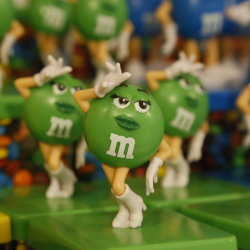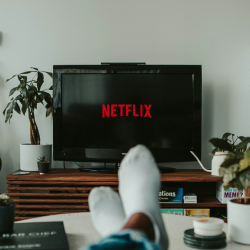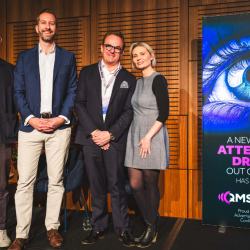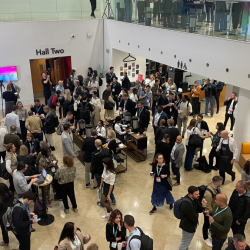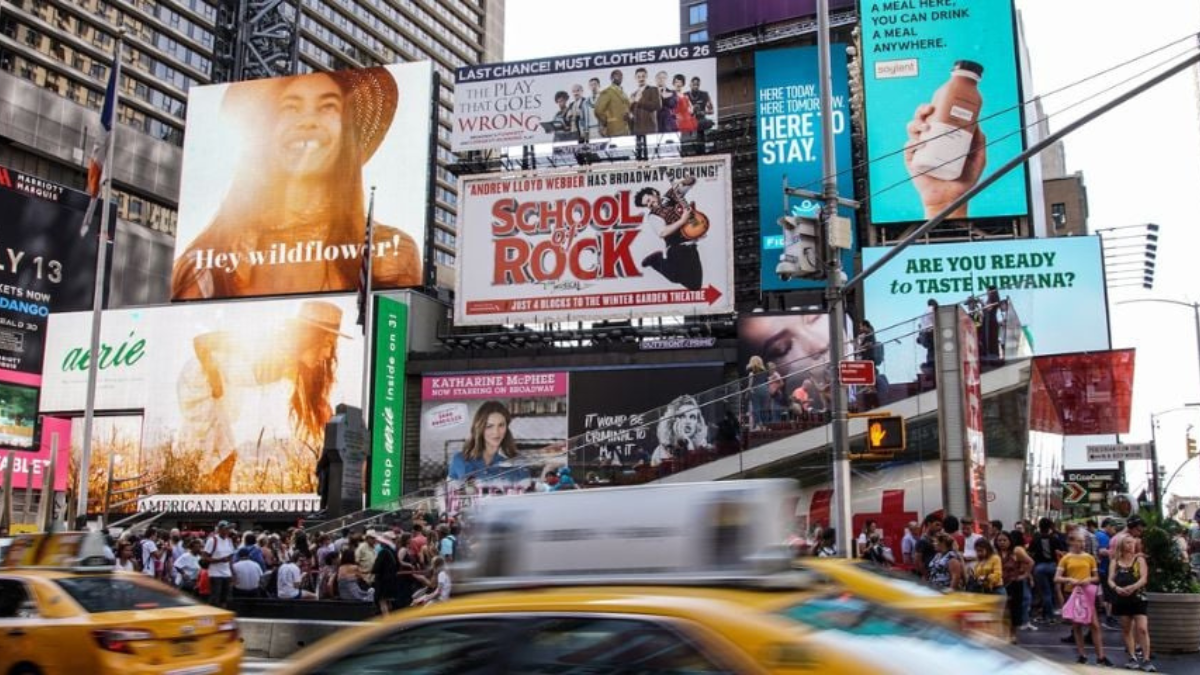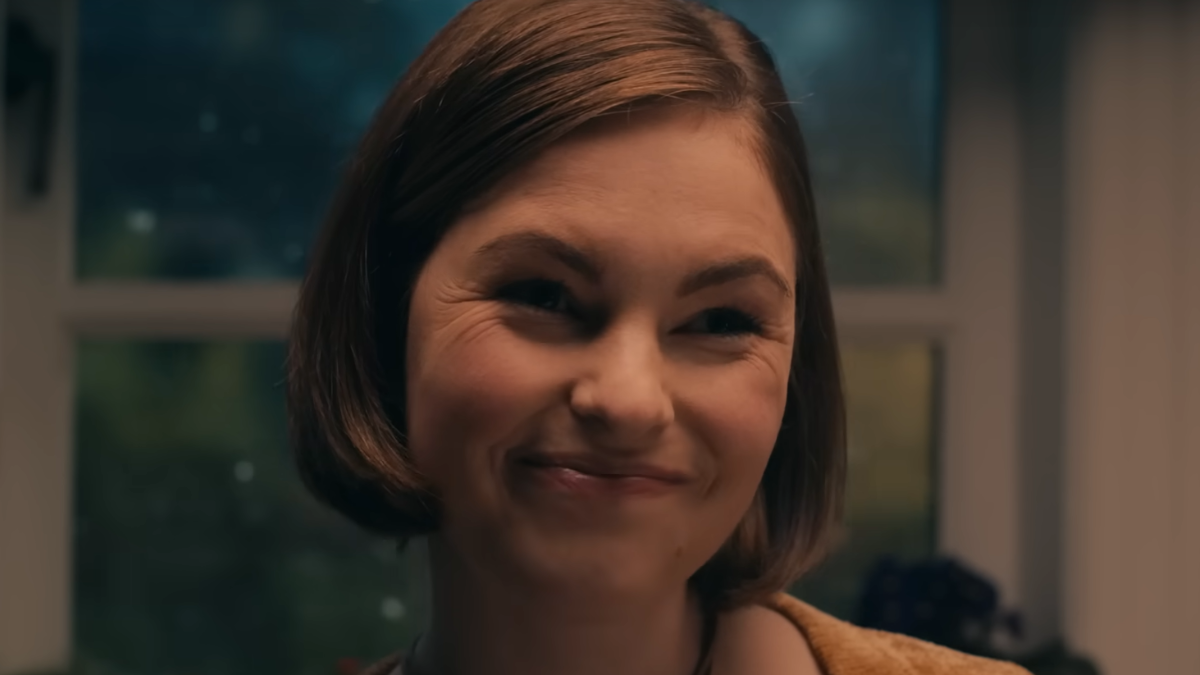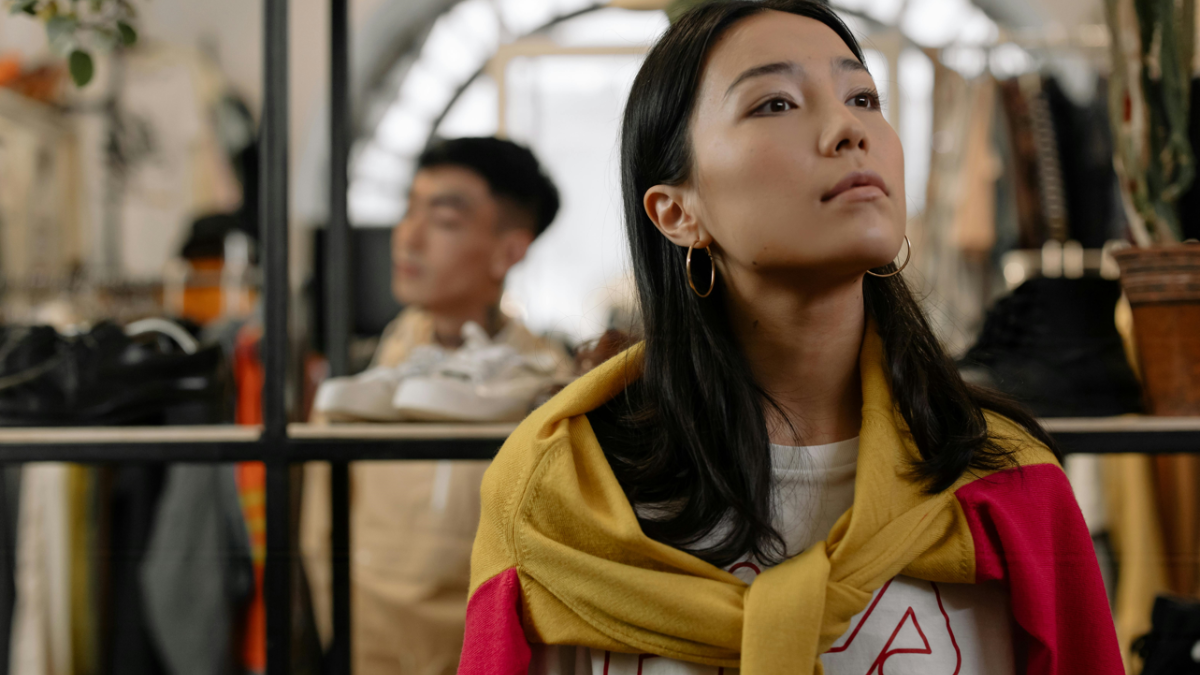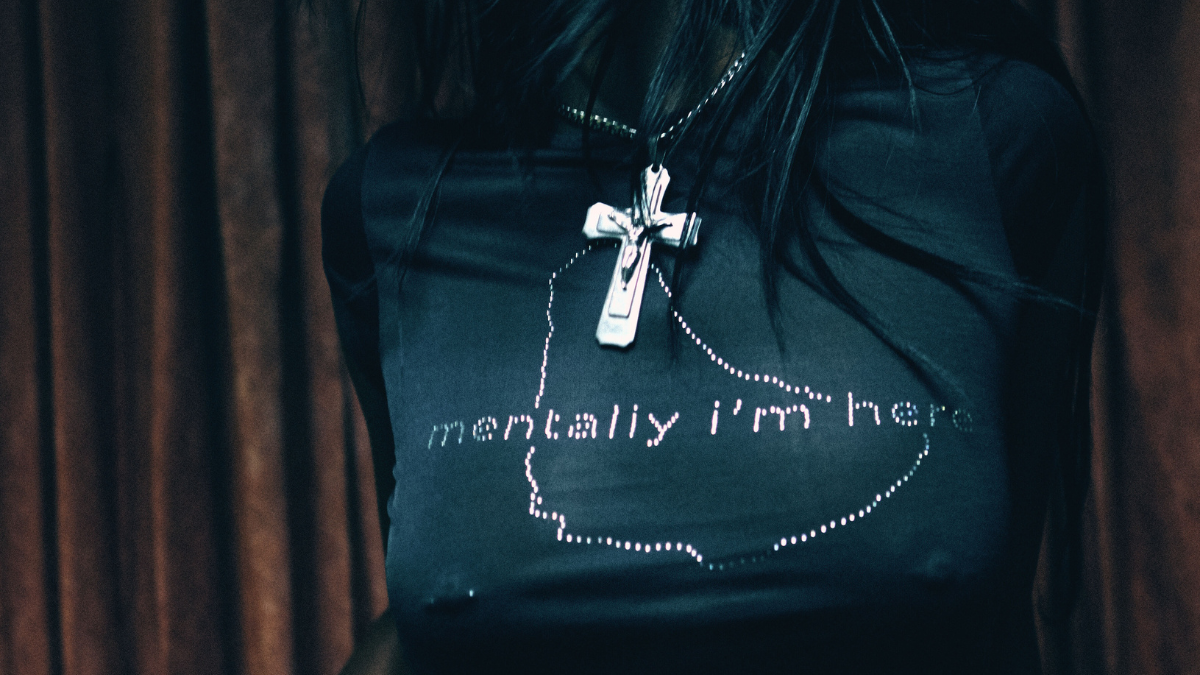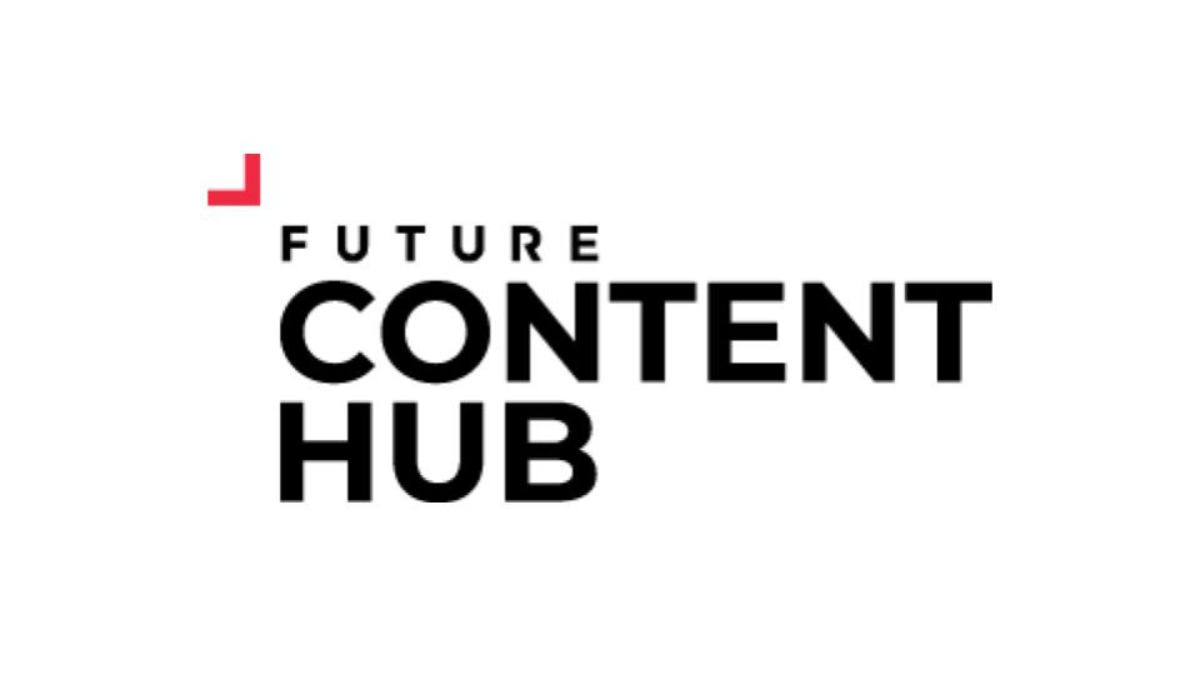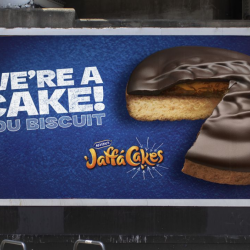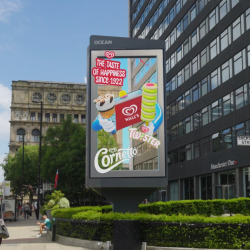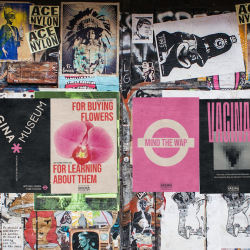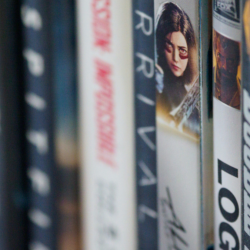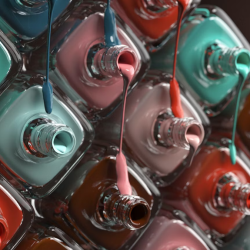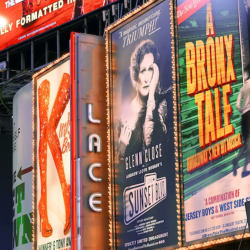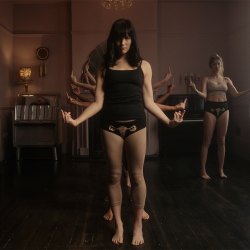There’s a Japanese phrase that means ‘heart-pumping excitement‘ or ‘thrilling sensation‘, and it’s often used to describe the feeling of being excited and enthusiastic about something. The concept of ‘Waku Doki‘ has long been part of the Grand Visual story when it comes to making consumers feel something by engaging with our activations and campaigns. We even made a short promotional film about our work titled Waku Doki back in 2014…. Which — controversially for our marketing department at the time — showed none of our actual OOH creative work, and only the emotion that it delivered to audiences in the real world.
A recent research from the Smithsonian suggests that we’re living in ‘historically unhappy times’, so there’s never been more important as a public facing, un-skippable media channel to embrace the Waku Doki more in advertising and in particular on the OOH medium.
The use of joy and emotion has been commonplace in advertising for a long time as brands aim to create a positive emotional connection with their audience. Immersive OOH advertising is one way that has elevated this feeling of joy and excitement with consumers via experiential or interactive experiences that allow people to engage with a product or brand in a fun and memorable way. This can range from OOH special builds or digital activations that feature games, contests, social currency or shareable activities that can — in turn also help strengthen an emotional connection with a brand.
Our recent Budweiser campaign with ad agency FCBNY used the ground swelling anger around the underrepresentation of women in the best artist category at the 2023 Brit awards to deliver a memorising and joyful event in London on a billboard on the eve of the awards show. It effectively tapped into the emotion — including the negative — around the awards, and how music can help take you on a positive emotional journey… All using a ‘humble’ billboard as a canvas.
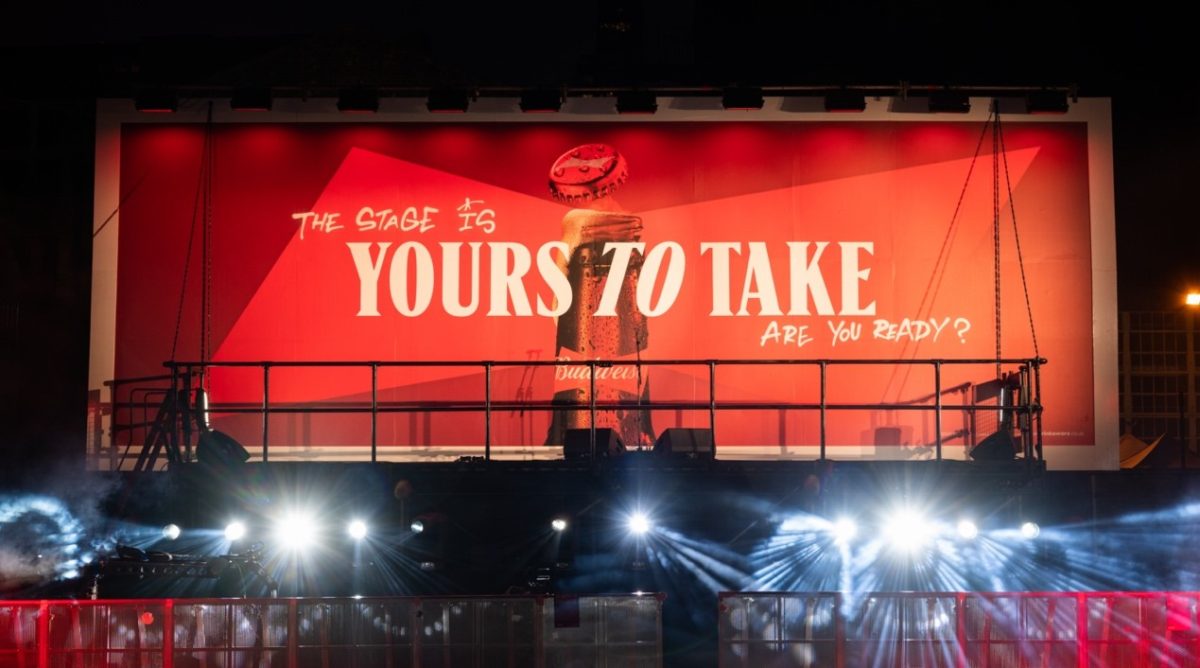
Another way that a sense of joy has been used in OOH advertising is by creating humorous or light-hearted ads. For example, billboards or posters that feature playful and amusing imagery or copywriting to catch people’s attention and make them smile. The Oatly OOH campaigns over the years have done this incredibly well. From the simple and classic line that they were banned from using in Sweden: ‘Like milk but made for humans‘ to the more recent ‘Newsletter’ one, Oatly have embraced poking fun at themselves and the industry, while delivering humour in their advertising. You should listen to Oatly Creative Director Michael Lee talking about their OOH campaigns on Behind the Billboard… Truly wonderful stuff.


We often talk to clients about the ‘currency’ we deal in when we’re in creative campaign mode. While traditional OOH media plans generally deal in ‘audience’ as its currency, we see ‘emotion’ as ours, as we know the importance of getting audiences to ‘feel’ something, to get them to ‘do’ something. Emotions act like glue that make our campaigns stickier, as emotional events or experiences are readily prioritised by the brain. Whether good or bad, if something is important enough to arouse ones emotions, then the brain assumes it is significant and, therefore, should be remembered.
Don’t just take my word for it, there has been some research done in support of this. Neuroscience research has shown that using emotion in advertising campaigns can be highly effective in capturing and holding people’s attention, as well as creating lasting memories and positive associations with the brand. They concluded:
- Emotional content is more memorable. Emotional experiences activate the amygdala, a part of the brain that is responsible for processing emotions and creating long-term memories
- Emotional content is more effective at driving behaviour. For example, a positive emotional experience can lead to increased brand loyalty, word-of-mouth recommendations, and repeat business
- Uncomfortable emotions can be effective. Fear-based advertising, for example, can be highly effective at capturing attention and motivating behaviour, especially when used as part of a story-arc. So where people can feel sad, shocked or fearful can be led on a journey that ends with resolution which can evoke feelings of joy, humour or satisfaction
- Emotion can influence decision-making. Emotional experiences can increase the perceived value of a product, make it more desirable, and make it easier to remember
So if we truly are living in an ‘historically unhappy time’, OOH is well placed to embrace Waku Doki in brand campaigns, enabling companies to generate positive emotions and associations with their products, which can ultimately lead to increased customer loyalty, word-of-mouth referrals, and sales…And a shit load of happy people.
Featured image: Evonic / Pexels
